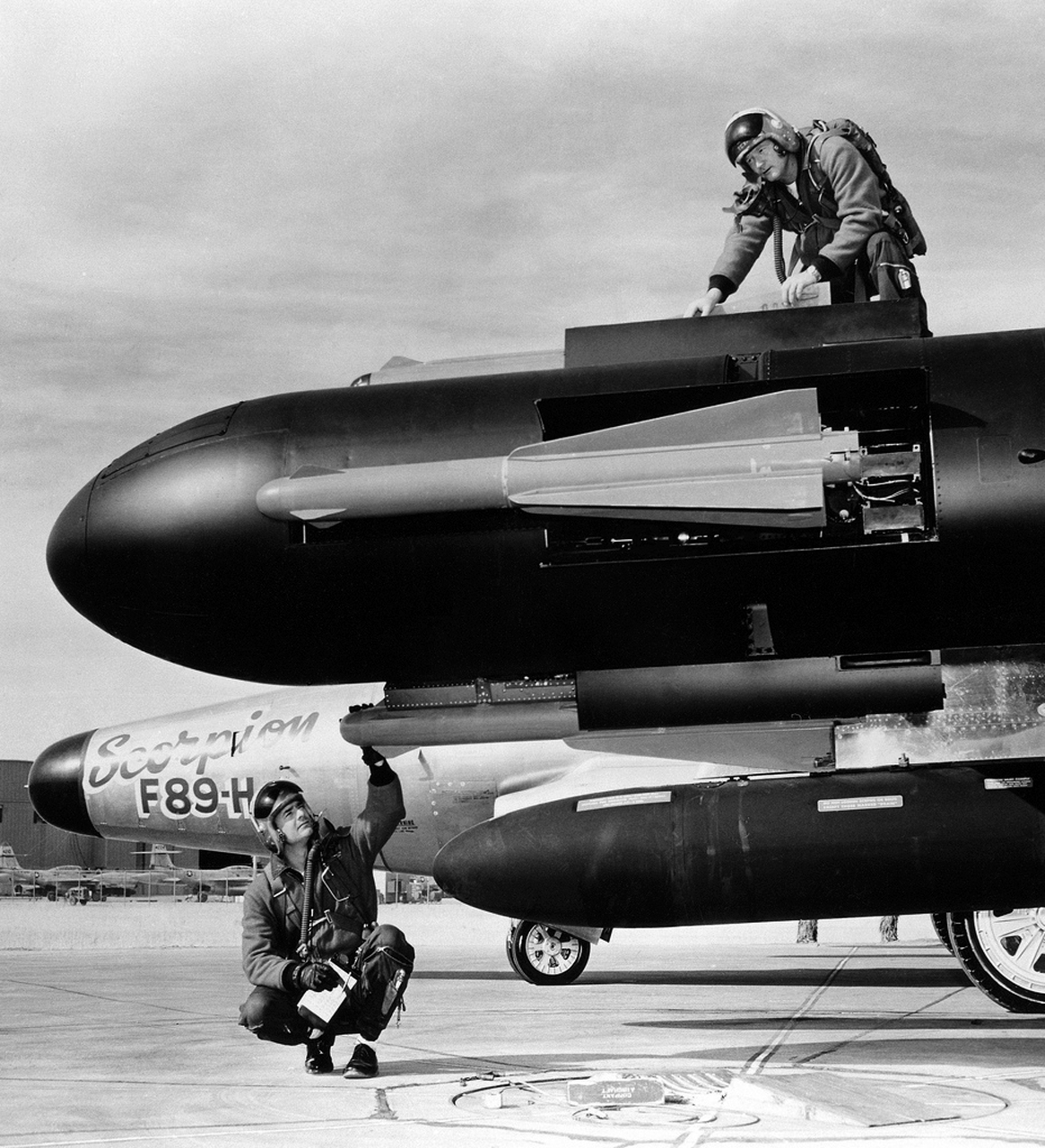Cocker
Well-Known Member
I'm on it!There's a lively thread over on TFL about this one. Cocker is getting into the ring with HPA rep there, as well as the less than stable one.
Very heated. Interesting stuff tho...
Envoyé de mon SM-G950F en utilisant Tapatalk

 4564050200_99f6a5e21a_b
4564050200_99f6a5e21a_b br13860-ra2
br13860-ra2